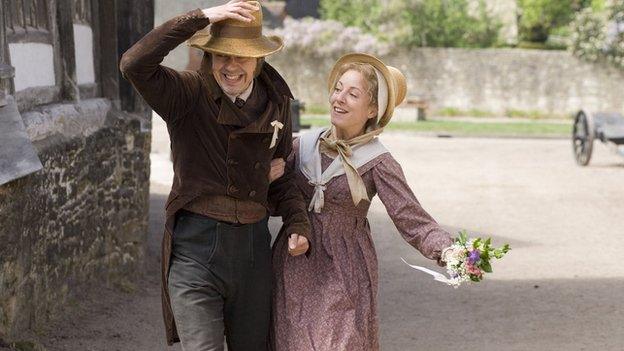Elizabeth Gaskell: The Victorian author feeling the Bridgerton effect
- Published

Bridgerton (right) has been seen by 82 million viewers worldwide, ten times the audience the BBC's Cranford garnered in 2007
It is 170 years since Elizabeth Gaskell first published her most popular work Cranford but thanks to more recent period dramas, the author's novels are seeing a surge of interest from new, young fans.
"I call it the Bridgerton effect," says Sally Jastrzebski-Lloyd, the manager of the museum at the author's former Manchester home, which is currently hosting an exhibition on her novel.
Based on Julia Quinn's novels, Netflix's Bridgerton, owes at least some of its success to the pioneering 19th Century works of authors like Gaskell, Jane Austen and Charles Dickens and to previous retellings of their works, including the BBC's 2007 adaptation of Cranford.
"A lot of people coming in are young, who didn't see Cranford when it first aired," Ms Jastrzebski-Lloyd says, adding that many of the visitors are women.
"There are a lot of literary fans forums, where it's mainly young women talking about 19th Century literature and female writers."
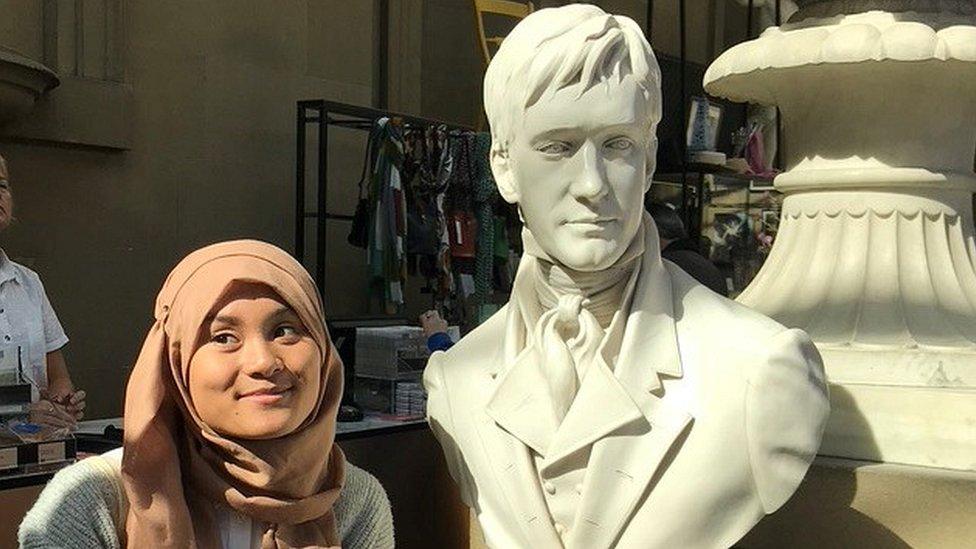
Rana Rofifah (seen with a bust of Matthew Macfadyen as Mr Darcy) is a Gaskell fan
It's a phenomenon that museum volunteer Rana Rofifah has been successfully sharing, drawing 50,000 followers - mainly under-35s - to her Instagram period drama fan account, external.
The 20-year-old geography student, who was born in Indonesia and moved to the UK as a child, fell in love with 19th Century literature after watching the BBC adaptation of Gaskell's novel North and South online.
While she may be decades younger than many of Cranford's characters, she says she was drawn to its timeless, universal themes of "sisterhood and female friendships".
"When we talk about representation, we go directly to race, but Cranford is really inclusive of age," she says.
"We don't see older people on screen that much.
"We have all these young people and, as exciting as that is, there's a lot of value in seeing stories about older friendships."
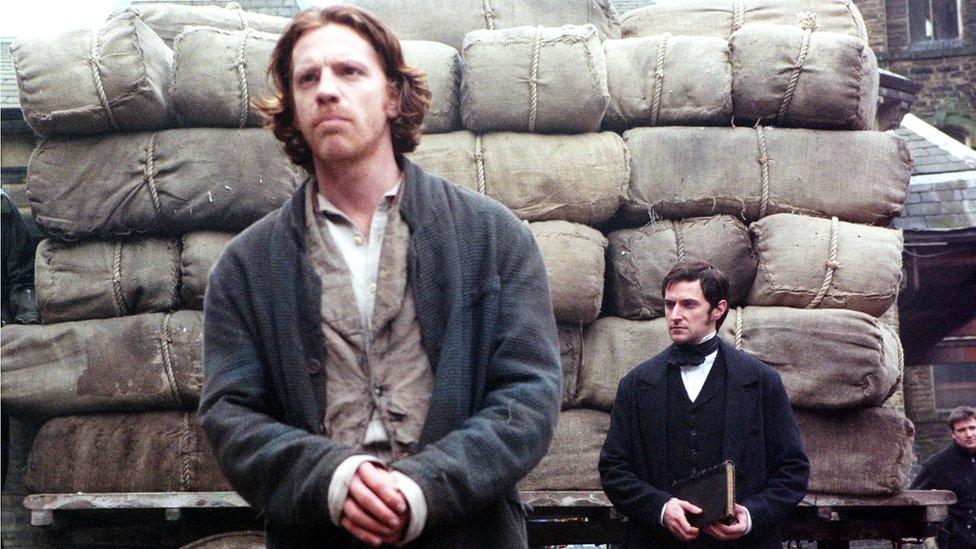
North and South, televised in 2004, showed the impact of industrialisation
She says Bridgerton and its contemporaries, such as the musical Hamilton, have exposed younger, diverse audiences to older tales.
"They've opened doors to lots of people - they do like these stories and they are relatable but because they were not very representative or inclusive, people found them inaccessible."
She believes interest in historic fiction could previously appear "elitist" - encouraged by well-read parents and high-achieving schools.
"Bridgerton has opened that up," she says.
"People are finding it out for themselves rather than through their family or teacher. They're being interested, rather than being introduced."
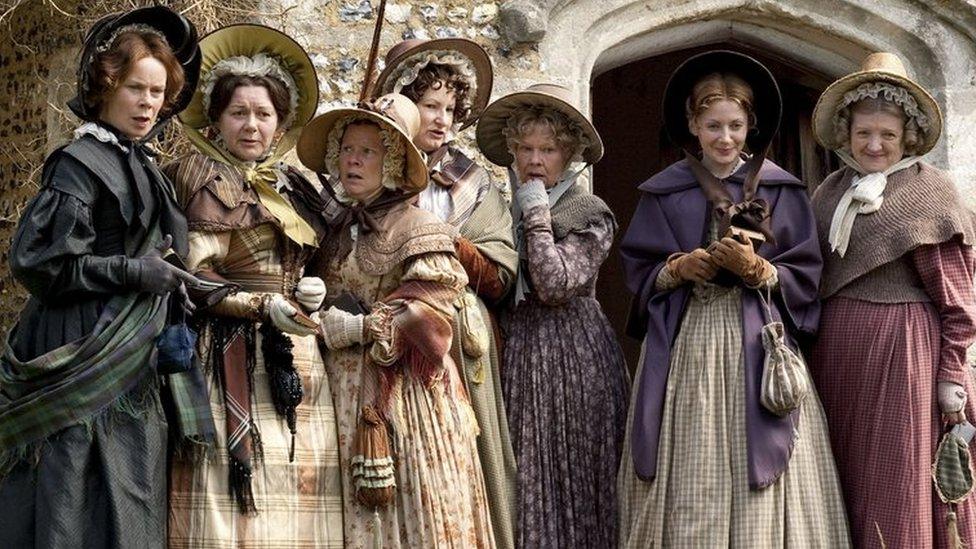
Cranford focuses on women in a place inspired by the Cheshire town of Knutsford
The popularity of Cranford, which has never been out of print, is partly due its previous inclusion on the school curriculum.
Libby Tempest, the chairwoman of the Gaskell Society, admits she "didn't get it" when she first read it as a 13-year-old.
"I was mystified as to why I should be interested in the activities of these old biddies," she says, adding that she only succumbed to its charms when she reread it "with an adult woman's eye".
"It is - in its quiet understated way - a feminist masterpiece," she says.
"It is entirely preoccupied with the lives of what was then a neglected, possibly invisible, group of women in society.
"One minute we're laughing over the ladies knitting a coat for the cow that loses her skin in a limepit, the next we're weeping with Miss Matty as she talks about her longing for the baby she will never have."

The BBC has made six Gaskell TV adaptations, including three versions of North and South and two of Wives and Daughters
Dr Ingrid Hanson, who teaches 19th Century literature at the University of Manchester, says it is the unanticipated platforming of women's experiences in Cranford that draws in younger readers and leaves some students "gobsmacked".
"Gaskell was so interested in women having a role of their own. How do women find their place in society especially if they're not married or conventional?"
She says the author was previously overlooked in universities, where English literature concentrated on "largely great white men and Jane Austen", but she has seen a "resurgence in interest" in recent years.
"Syllabuses are moving away from the 'pale, male and stale' and Gaskell is part of that," she says.
"She was always aware of the world. She knew a lot about politics, economics and trade.
"Her representation of peace - both domestic and international - shows that it's achieved through struggle and a willingness to contend with hardship.
"She didn't believe in quiescence."

Elizabeth Gaskell (1810-1865)

Born in London in 1810, she moved to Cheshire after her mother's death and lived with her aunt in Knutsford - the inspiration for Cranford
Following the death of her baby son, she was encouraged to take up novel writing by her husband Reverend William Gaskell
They spent most of their married life in Manchester, then a centre of industry and radical politics
She wrote a biography of her friend and fellow writer Charlotte Bronte after the author's death
Gaskell died in 1865, leaving her final work Wives and Daughters incomplete

Ms Jastrzebski-Lloyd says Gaskell "fell out of favour" after her death, pointing out that it "only takes a couple of academics to write her off as a romance novelist and then it takes time to build her reputation back up".
But for Ms Tempest, the reason is even clearer.
She says it was "mainly because she wrote as Mrs Gaskell".
"Women - especially married women - tended to be dismissed, looked down upon and not taken seriously.
"They were regarded as lady authors who wrote as a hobby rather than from a passion."
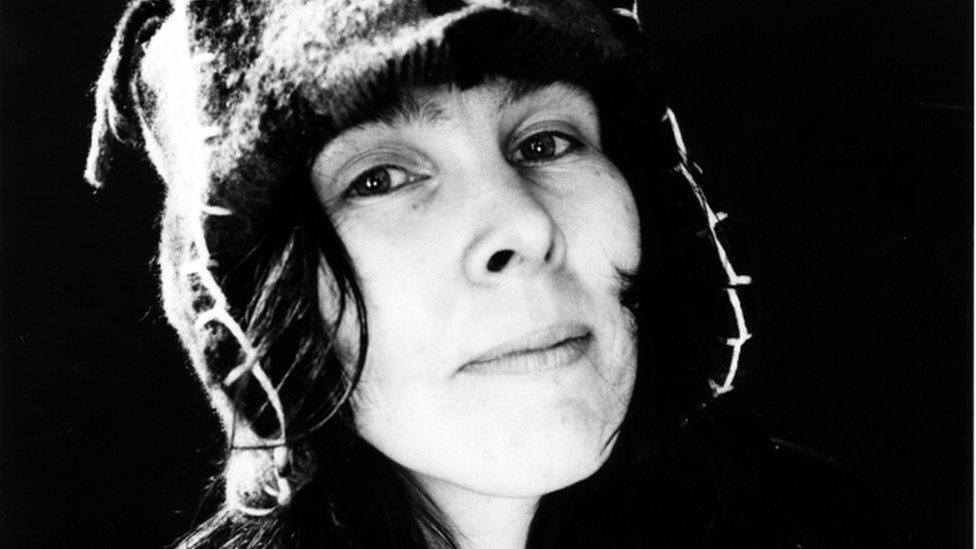
Writer Lavinia Murray dramatised Mary Barton for BBC Radio 4 in 2001
Ms Jastrzebski-Lloyd hopes the renewed interest in Cranford will lead to more adaptations of Gaskell's wider canon, flagging up her debut novel of Mary Barton as ripe for retelling.
"She diligently researched the working class characters, who are proper rounded, interesting, complex people," she says.
"She didn't stereotype. She did for Manchester what Dickens did for London."
"We've long discussed the North-South divide [in terms of] perceptions, educational poverty and inequality.
"It's really sad, but they still exist."
The exhibition A Love Affair with Cranford is on at Elizabeth Gaskell's House until 30 April 2022

Why not follow BBC North West on Facebook, external, Twitter, external and Instagram, external? You can also send story ideas to northwest.newsonline@bbc.co.uk, external
Related topics
- Published25 December 2020
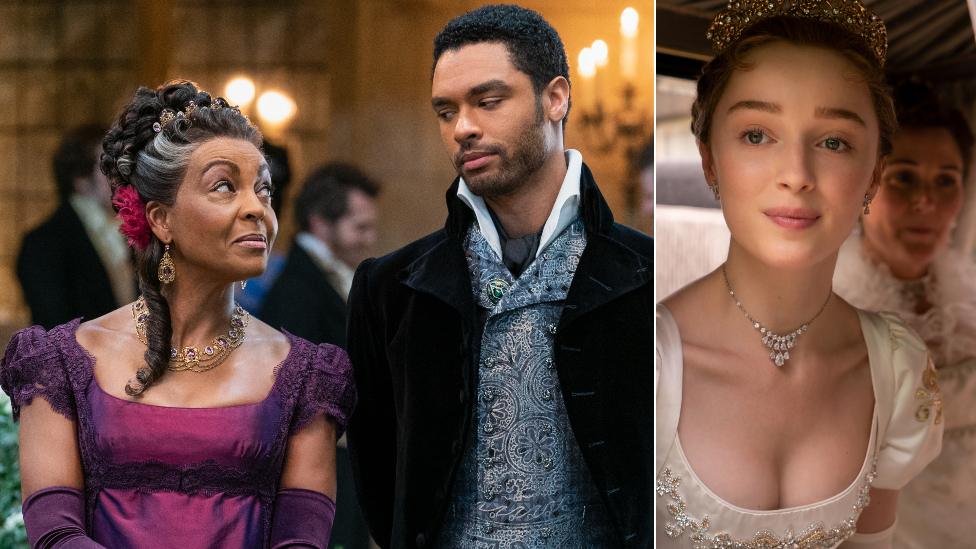
- Published2 October 2014
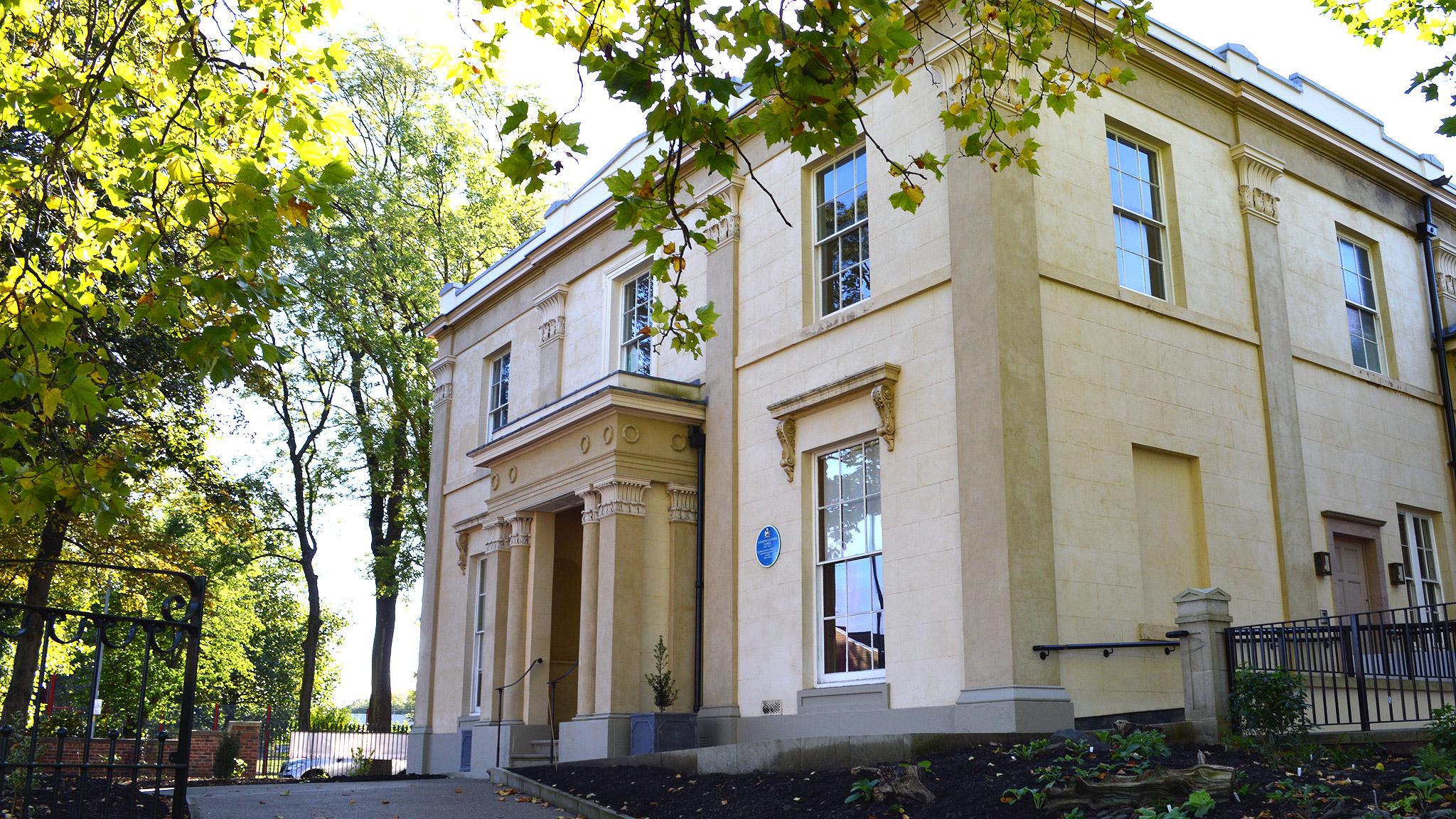
- Published3 October 2014
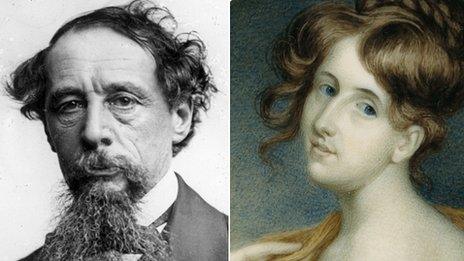
- Published3 December 2014
